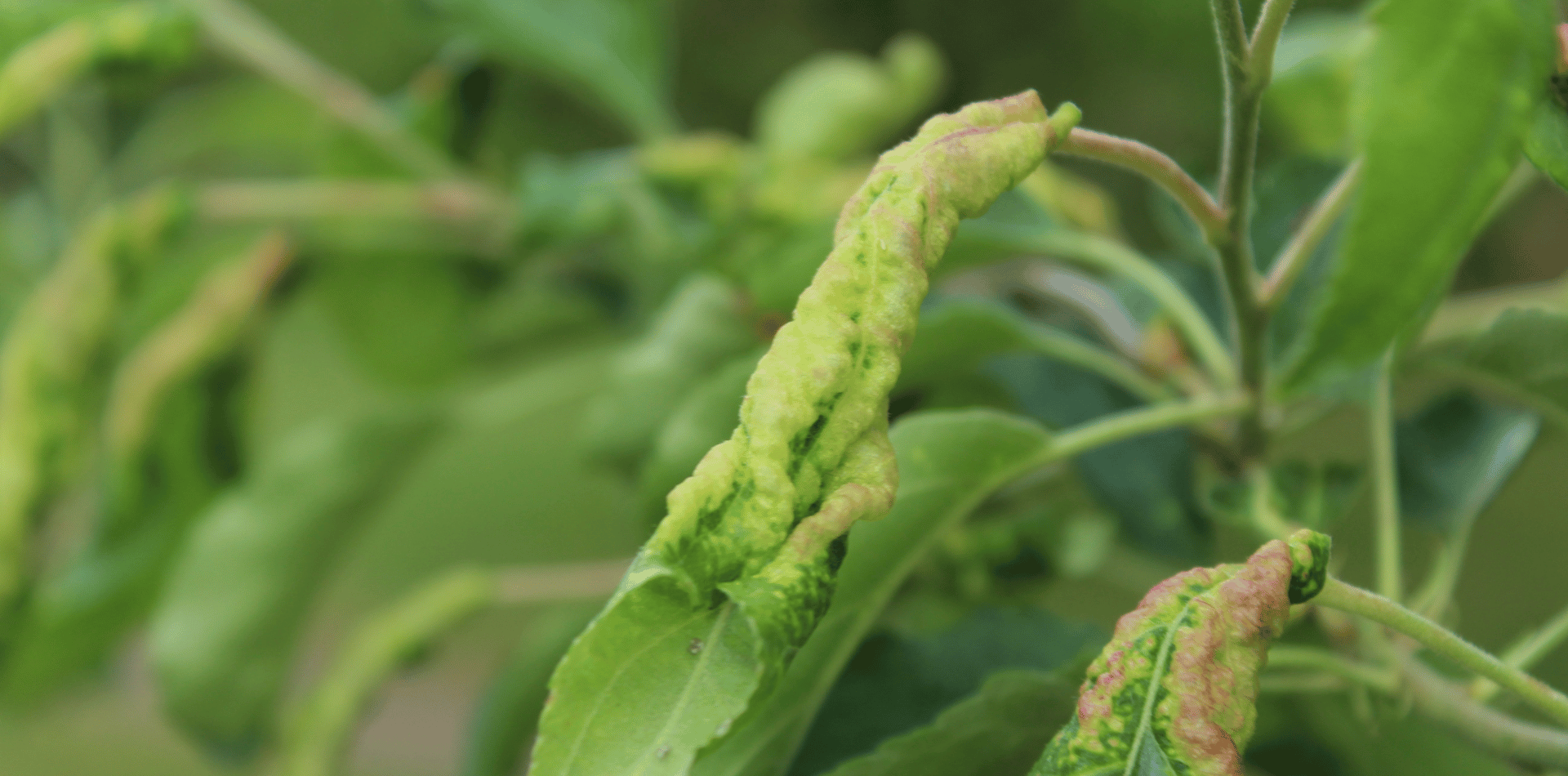The Hidden Dangers of Trees near Buildings
Prevent Property Damage:
The Benefits of Professional Tree Removal
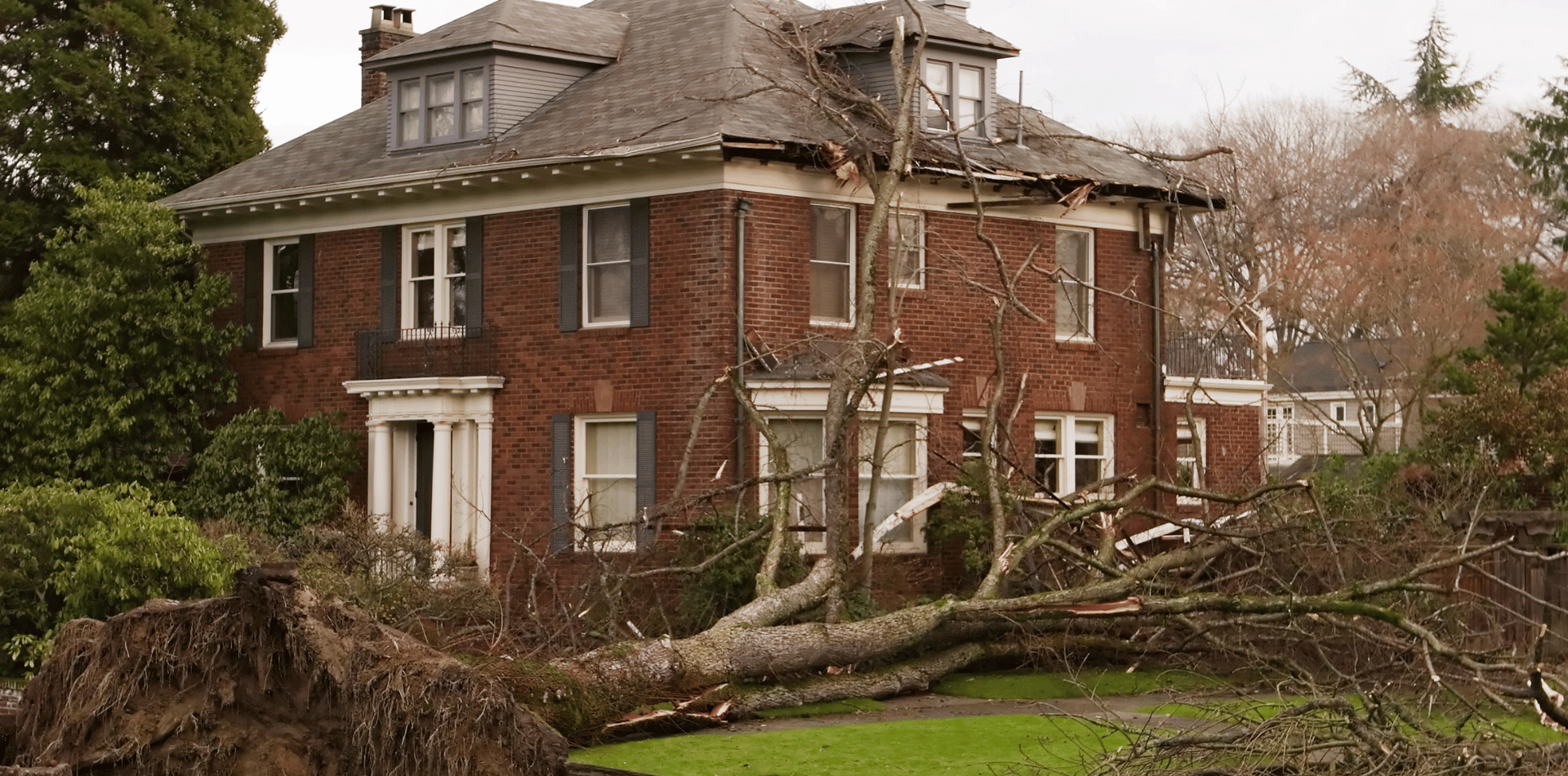
In the area of property management and maintenance, we often overlook one aspect that can lead to significant damage, the presence of improperly managed trees.
Trees add beauty, shade, and value to properties, but when they are positioned too close to structures or are left unchecked, they can become more of a liability than an asset.
This is where Arborists and professional tree removal steps in as a crucial preventive measure against property damage.
The Hidden Dangers of Trees Near Structures
While the serene presence of trees can enhance the beauty and atmosphere of any property, their proximity to structures can introduce a series of hidden dangers, particularly when not properly managed or maintained. Understanding these risks is essential for property owners to take preventive measures and avoid potential damage.
The Perils of Root Growth
Tree roots are the underground lifelines that seek out moisture and nutrients. They are capable of extending many times the height of the tree away from the trunk, far beyond the reach of the visible canopy. This expansive growth can become problematic when trees are planted too close to buildings or structures. The roots may intrude into foundations, seeking out the moisture from the soil beneath them.
This intrusion can lead to several structural issues:
- Foundation Uplift: Certain types of tree roots can exert significant upward pressure on a building's foundation, particularly if they grow directly underneath it. This can lead to an uneven lifting of the structure, known as uplift, which can crack and damage the foundation.
- Foundation Settlement: Conversely, large tree roots can cause the soil to shift or settle unevenly. As roots grow and extract moisture from the soil, they can create voids or pockets beneath the foundation. This uneven settlement can lead to cracks and instability in the structure’s foundation, walls, and floors.
- Plumbing Intrusion: Roots can also infiltrate plumbing lines, especially older, weaker sections. They can grow into small cracks or joints in the plumbing, causing blockages, breaks, and costly water damage.
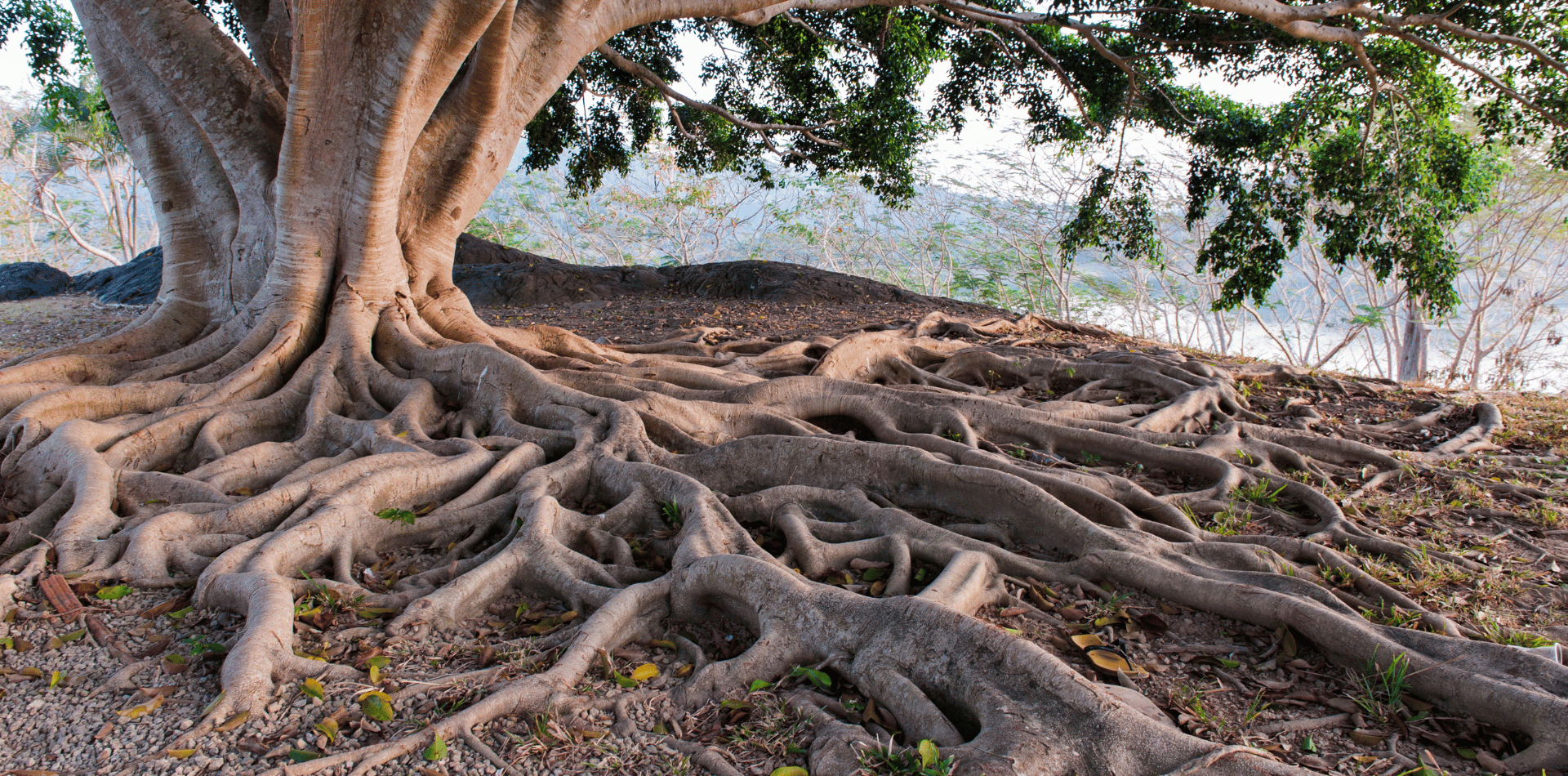
Branches and Overhangs: A Threat from Above
As trees grow, their branches may extend over rooftops and into property lines, becoming more than just a natural aesthetic feature.
These overhanging limbs pose several risks
- Physical Damage: In windy and stormy conditions, branches can break and fall onto structures below. This can lead to damaged roofs, broken windows, dented vehicles, and in extreme cases, injuries to inhabitants or passersby.
- Roof and Gutter Obstruction: Falling leaves, twigs, and debris can accumulate on roofs and in gutters, leading to blockages that prevent proper water drainage. This can cause water to pool on the roof, leading to leaks, rot, and the degradation of roofing materials.
- Reduced Sunlight: Dense canopies can overshadow rooftops, reducing sunlight exposure. This can keep areas damp for longer periods, promoting the growth of moss, algae, and mildew, which can degrade roofing materials and lead to leaks.
The Risk of Water Damage and Mould
The relationship between trees, moisture, and buildings doesn't end with the foundation or the roof.
The buildup of leaves and debris not only obstructs gutters but can also affect the property's overall drainage system:
- Blocked Drains: Clogged gutters can cause rainwater to overflow and pool around the base of the structure, increasing the risk of foundation damage and basement flooding.
- Mould and Mildew Growth: Excessive moisture around and within buildings fosters the growth of mould and mildew, which can compromise air quality, aggravate allergies, and cause respiratory issues.
- Pest Infestation: Accumulated organic debris from trees can attract pests such as insects, and other vermin, which can further damage the property and lead to health issues.

The proximity of trees to structures presents a range of potential risks that property owners need to be aware of and manage proactively.
Regular inspection, maintenance, and, when necessary, the professional removal of trees or limbs, can mitigate these risks.
By understanding the hidden dangers of trees near structures, property owners can take informed steps to protect their investments and ensure the safety and longevity of their buildings.
The Integral Role of Professional Tree Removal Services
The management and removal of trees near residential or commercial properties is not a task to be taken lightly.
Professional tree removal services provide an essential approach to mitigating potential risks and ensuring the safety and integrity of nearby structures. Their role encompasses a broad range of expertise, from initial assessment to the final stages of removal and cleanup.
Expert Assessment and Strategic Planning
One of the initial steps taken by professional tree removal services involves a comprehensive assessment of the tree's condition and its immediate environment.
This evaluation is crucial as it determines the approach needed for safe removal. Factors such as the tree's size, age, health, and proximity to structures are carefully analysed. Additionally, professionals assess the tree's root system, which can be as significant a threat as the visible part of the tree if it's encroaching on foundations or utility lines.
This thorough assessment aids in creating a strategic plan for removal. The plan includes identifying the safest method of removal, determining the necessary equipment, and anticipating potential obstacles or risks. This proactive approach ensures that the removal process is conducted safely and efficiently, with minimal risk to the surrounding area.
Specialised Equipment and Techniques
Professional tree removal services are equipped with specialised tools and machinery designed for safely cutting down and removing trees.
This equipment may include cranes, chainsaws, wood chippers, and stump grinders. Using the right tools is essential for effectively handling trees of different sizes and in varying locations, especially in tight spaces where precision is critical to avoid damage to nearby properties.
Professionals employ various techniques depending on the situation. For example, in urban areas or tight spaces, a tree may need to be dismantled piece by piece from the top down, a process known as sectional dismantling. This method helps prevent damage to the surrounding structures and is only possible with the right skills and equipment.
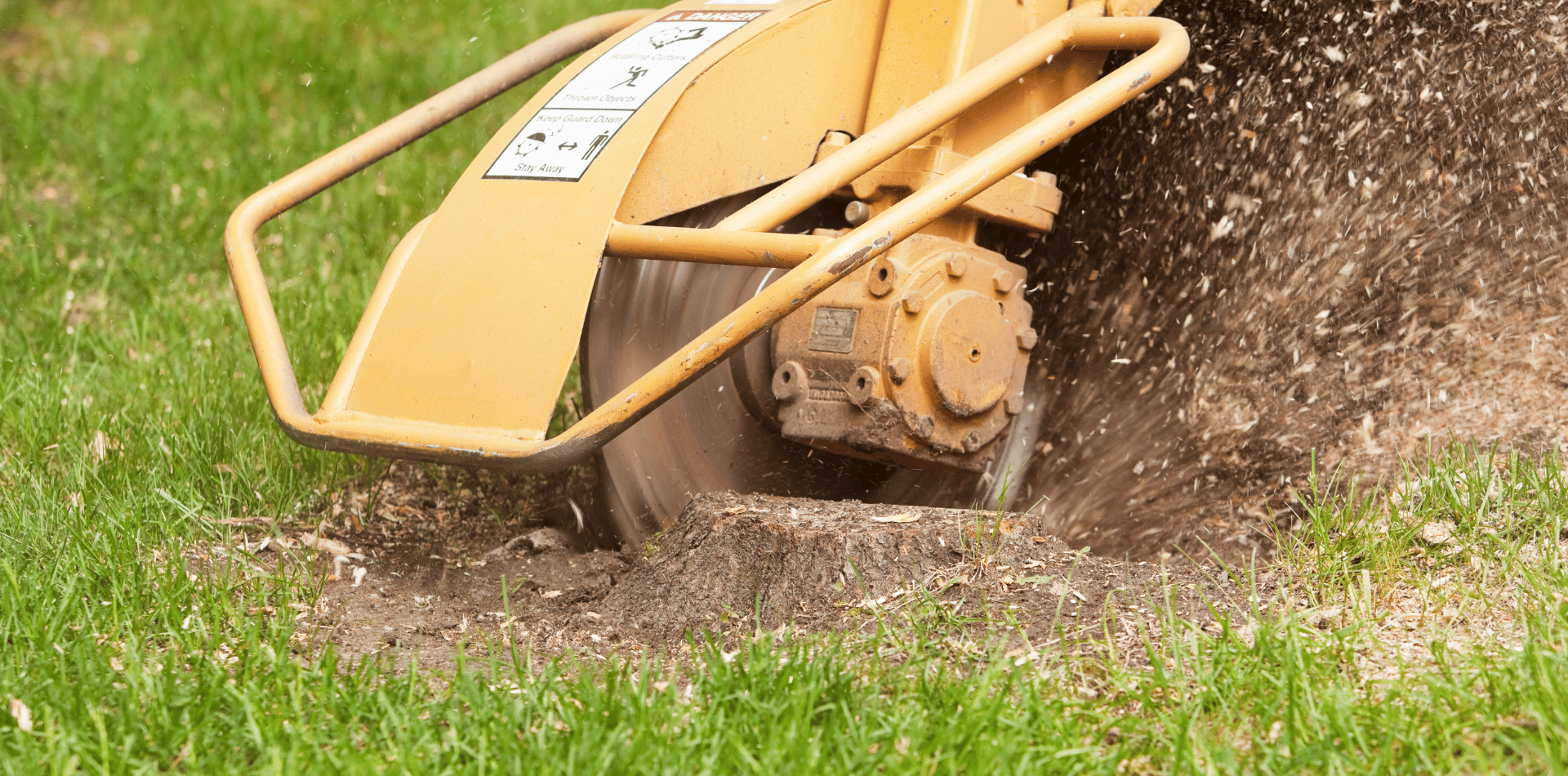
Stump and Root Management
The removal of a tree does not end with the cutting down of the trunk; the stump and roots present their own set of challenges. Left untreated, stumps can attract pests and become a tripping hazard.
Roots, if not adequately addressed, can continue to grow and interfere with underground utilities or the foundation of nearby structures.
Professional tree removal services include stump grinding, which involves the use of a powerful machine to grind down the stump below ground level. This process eliminates the stump, making the area safer and more aesthetically pleasing while preventing potential regrowth that could cause future issues.
Risk Mitigation and Preventative Measures
Employing professional tree removal services is a preventative measure that can save you significant time, money, and stress in the long run.
By removing trees that pose a risk due to their condition or location, property owners can avert potential structural damage, such as that inflicted by encroaching roots or falling branches.
Professionals can provide advice on suitable replacement trees and their proper placement, ensuring that future plantings do not pose similar risks. This holistic approach not only addresses immediate safety concerns but also contributes to the long-term health and aesthetics of the property landscape.
The role of professional tree removal services is multifaceted and extends beyond the mere cutting down of trees.
These experts provide a comprehensive service that includes assessment, strategic planning, the use of specialised equipment, and the management of stumps and roots.
By employing these services, property owners can effectively mitigate the risks associated with trees near structures, ensuring the safety and longevity of their properties while maintaining their aesthetic value.
Additional Advantages of Professional Tree Removal
Professional tree removal services extend far beyond the mere prevention of property damage.
These services contribute significantly to the aesthetic, environmental, and economic aspects of property management, offering benefits that can enhance both the property and the quality of life for its occupants.
Aesthetic Improvements and Increased Property Value
The appearance of a property is the first impression it makes on visitors, potential buyers, or passersby. Overgrown, dead, or dying trees can detract from the overall aesthetic of a landscape, making it appear unkempt and neglected.
Professional tree removal helps in maintaining a clean and attractive outdoor space, enhancing the property's street appeal.
This not only makes the property more inviting but can also significantly increase its market value. A well-maintained landscape, free from potential hazards, is a selling point and can lead to higher offers from potential buyers.
Healthier Landscape and Ecosystem
Trees that are dead or dying can become hosts to pests and diseases, which can spread to other plants and trees in the vicinity, compromising the health of the entire landscape. By removing these trees, professional services can prevent the spread of pests and diseases, thereby protecting other plants and maintaining the overall health of the garden or yard.
The removal of unsuitable or invasive tree species can promote biodiversity by giving space for native plants and trees to thrive.
Native vegetation supports local wildlife and contributes to the ecological balance of the area, enhancing the natural environment.
Reduction in Moisture and Mould
Trees in close proximity to a house can block sunlight, leading to increased moisture and dampness around the property.
This environment is conducive to the growth of mould and mildew, which can damage the property and pose health risks to residents, especially those with allergies or respiratory issues.
By removing trees that block sunlight, professional tree removal services can reduce moisture levels around the property. This not only lessens the risk of mould and mildew growth but also promotes a healthier living environment. Additionally, increased sunlight can warm the property naturally during colder months, potentially reducing heating costs and providing a more comfortable living space.
Enhanced Safety and Space
Safety is a paramount concern that professional tree removal services address.
Removing trees that pose a risk of falling or causing damage during storms or high winds can protect residents and properties alike. It also eliminates potential liabilities, such as injury to passersby or damage to neighbouring properties, which could lead to costly legal issues.
The removal of large, overbearing trees can open up space in the landscape, providing more room for other outdoor activities, gardens, or new construction. This newfound space can be utilised in various ways to enhance the lifestyle of the property's inhabitants and add functionality to the outdoor area.
Professional tree removal offers a multitude of benefits that extend well beyond the mere avoidance of property damage.
It can significantly improve the appearance and value of a property, promote a healthier landscape, reduce health hazards, and enhance safety and usable outdoor space.
By investing in professional tree removal services, you ensure the well-being of your property, the environment, and yourself and your family, making it a wise and beneficial decision for the long term.
While trees are valuable components of the landscape, their mismanagement can lead to significant property damage.
Professional tree removal services provide an essential solution for preventing such damage. By identifying and removing problematic trees, you can protect your buildings, enhance safety, and maintain the aesthetic and financial value of your property.
Investing in professional tree removal is a proactive step towards safeguarding your property from potential damage and ensuring a safer, more appealing environment.

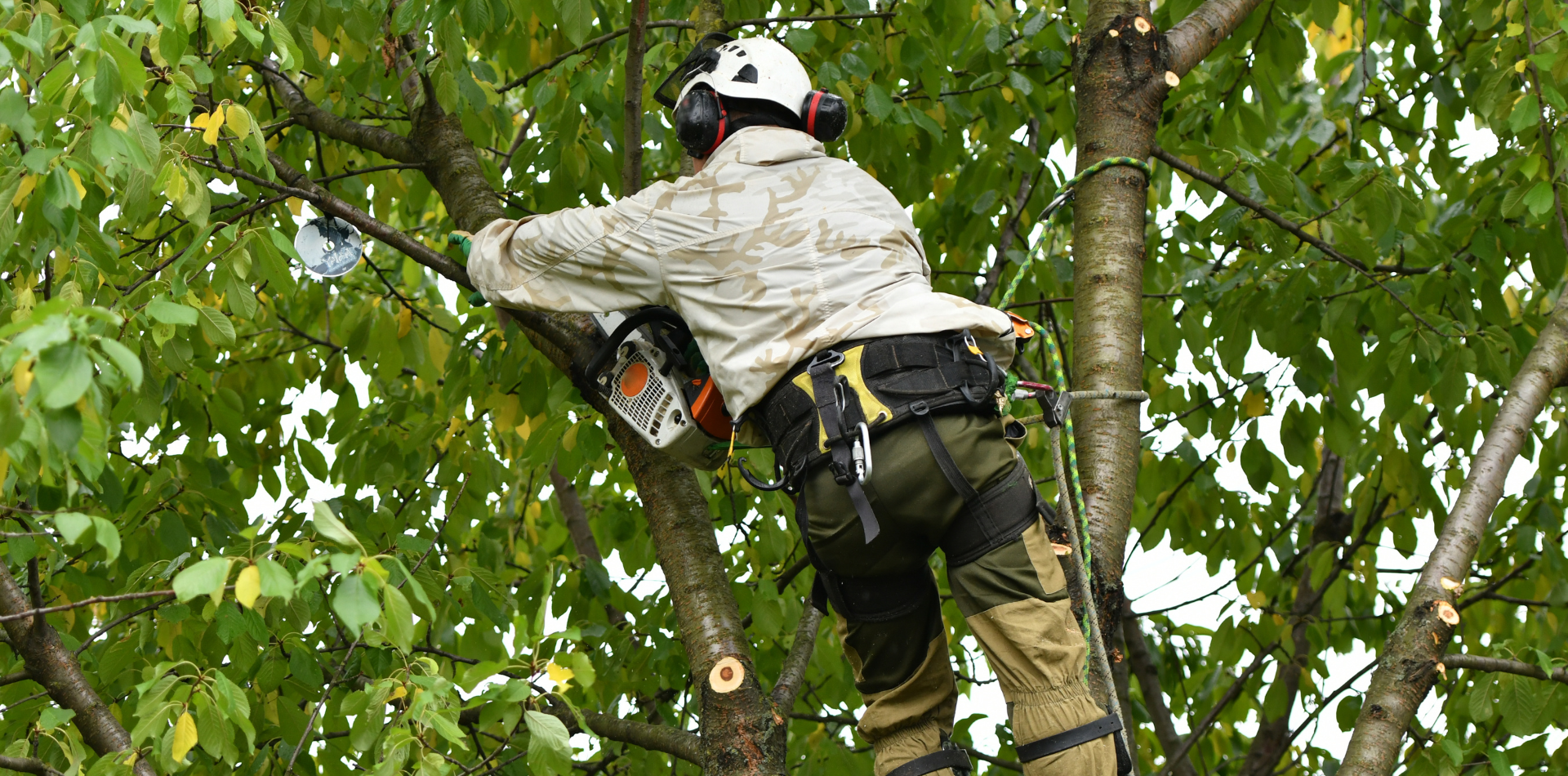
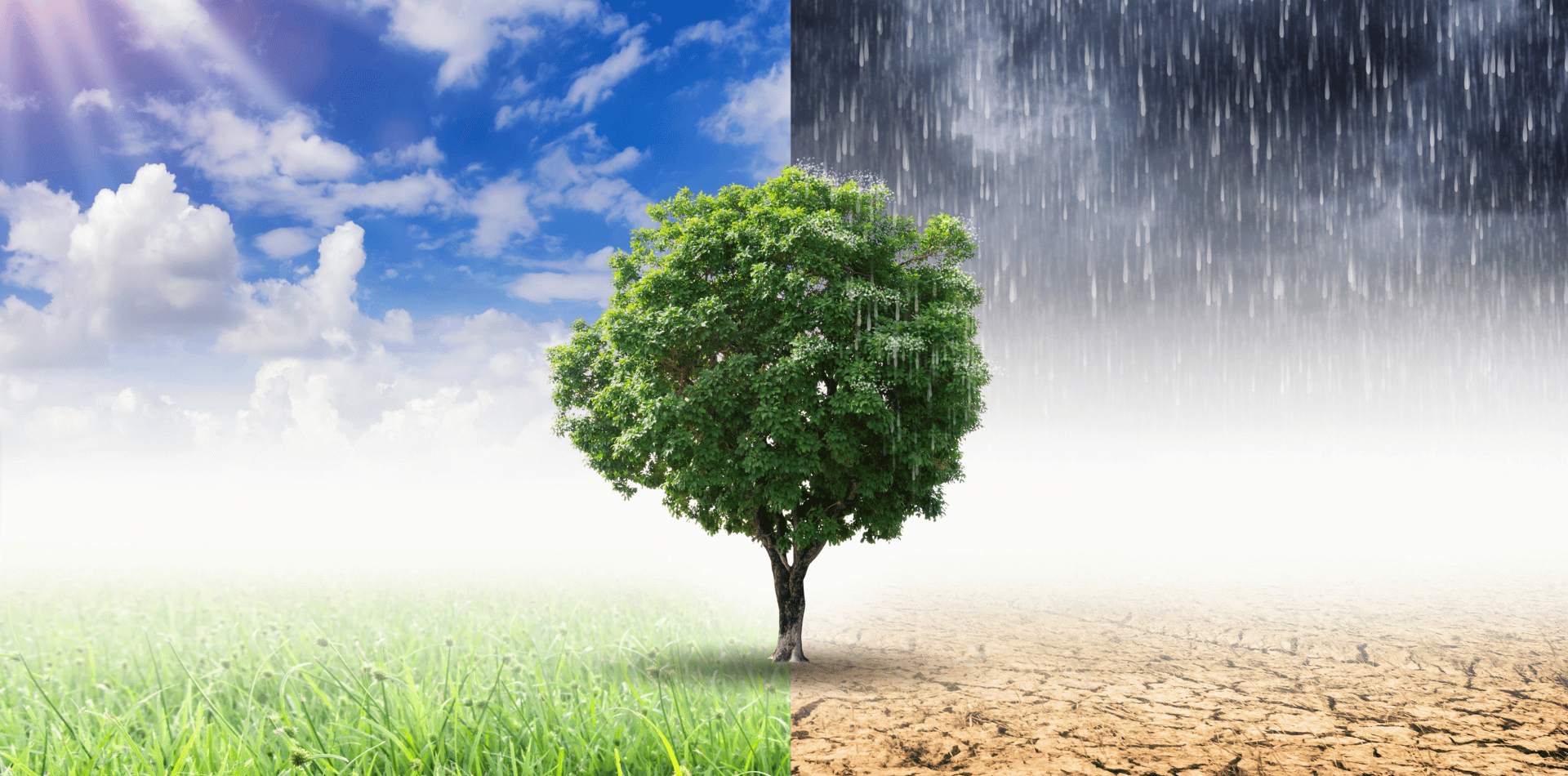
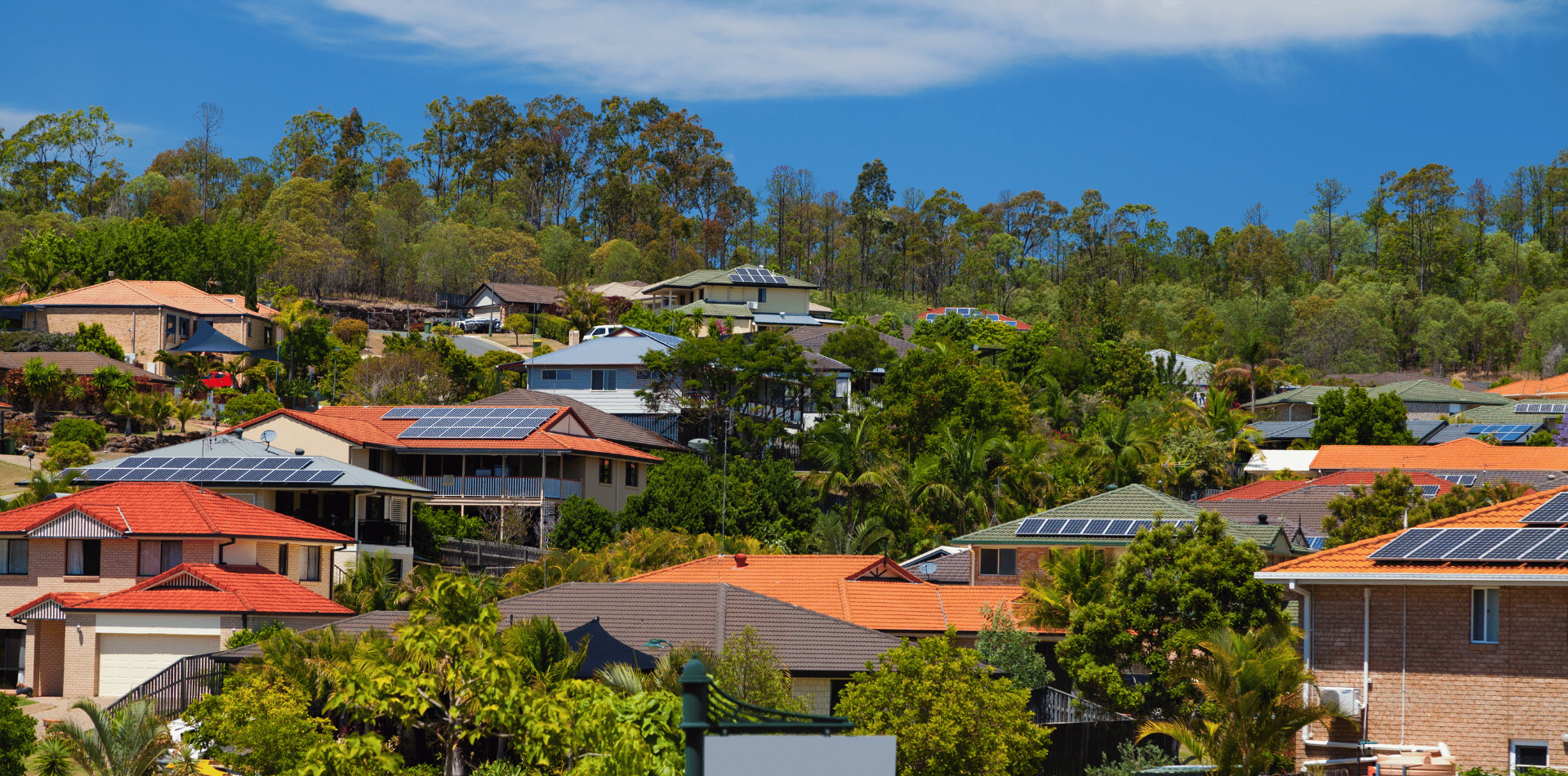
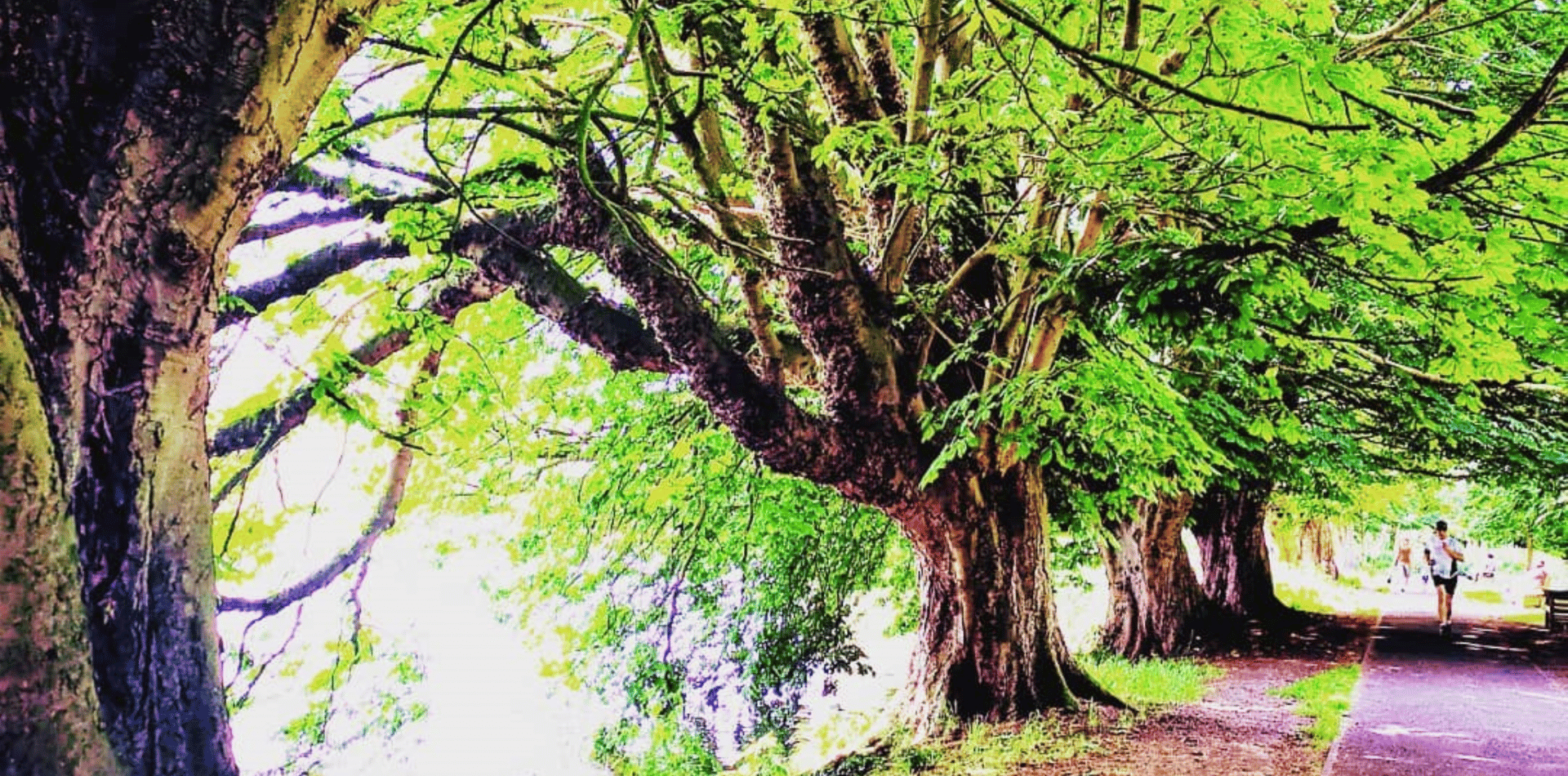
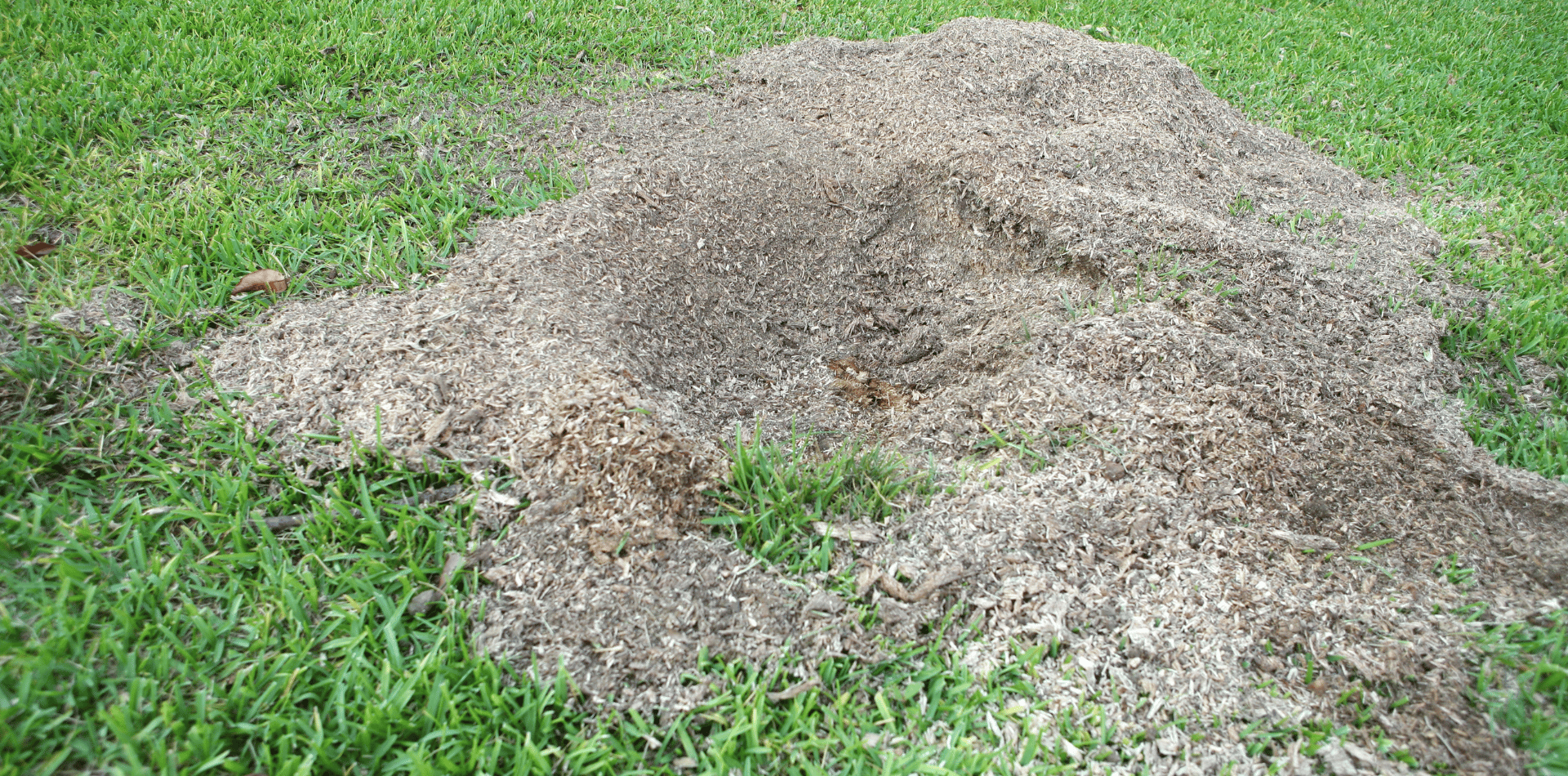
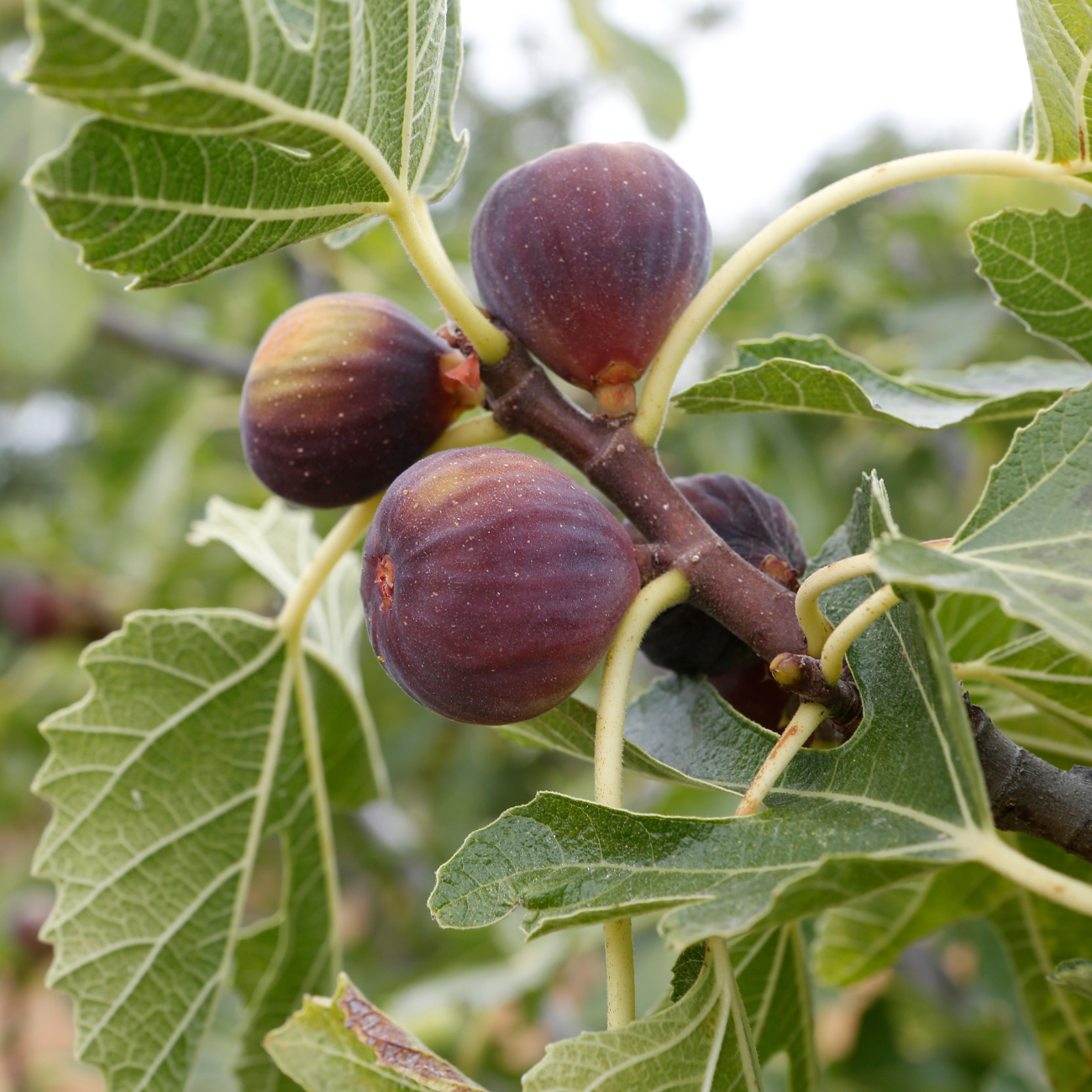


Contact
Kaptol Tree Removal Newcastle
A Member of the Kaptol Group
Powered by Kaptol Media

